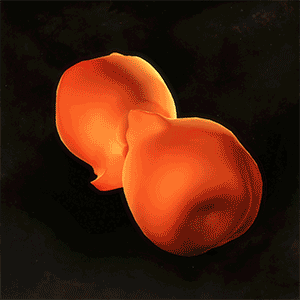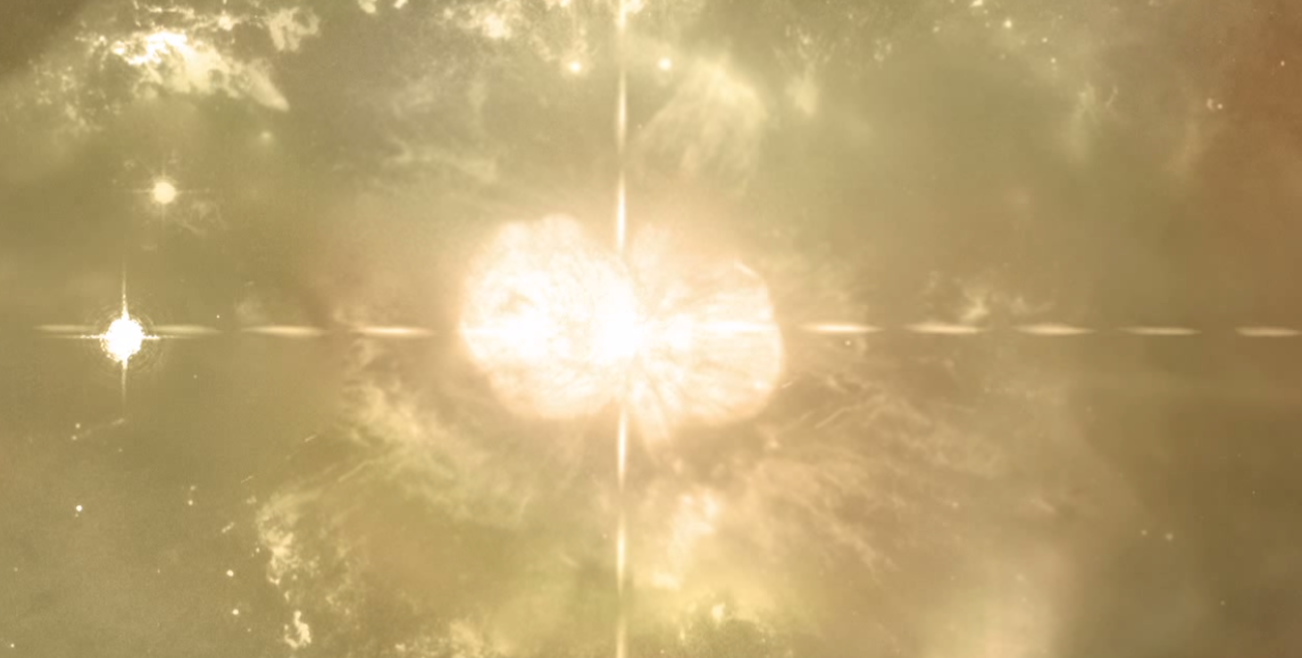Using the European Southern Observatory’s massive telescope and X-Shooter spectrograph, researchers at NASA created the most detailed spectral map of the massive Homunculus Nebula to date. Then they converted it into a 3D model and 3D printed it and what they discovered changed everything that we thought that we knew about it.
The Homunculus Nebula is a dual-lobed dust cloud that surrounds the Eta Carinae binary star system about 7,500 light years away from us. In the mid-eighteen hundreds astronomers noted that the star had doubled in brightness and become the second brightest star in the sky after Sirius, despite being significantly further away from Earth. To contextualize how incredibly bright that is, picture two candles. The first is the Sirius candle and the second is the Eta Carinae candle. In order for both candles to appear to be the same relative brightness as they were at the time the change was noticed the Sirius candle would be about 48 feet from you while the Eta Carinae candle would be a little over six miles from you. Astrophysicists call this massive increase in light The Great Eruption and believe that this is when the nebula was formed, as the binary stars enter their death throes and inch closer to their eventual supernova.

The new model confirmed several features that were recorded during previous studies, such as massive holes located at the end of each lobe. But they also discovered new features such as deep trenches curving along the outer edge of each lobe, arm-like protrusions along the side of the nebula, and several irregular divots at each tip. They also disproved several previous theories and assumptions about the nature of the nebula and how it was formed.
Research team member Jose Groh explains “One of the questions we set out to answer with this study is whether the Homunculus contains any imprint of the star’s binary nature, since previous efforts to explain its shape have assumed that both lobes were more or less identical and symmetric around their long axis. The new features strongly suggest that interactions between Eta Carinae’s stars helped mold the Homunculus.”
Every five and a half years when the two stars in the Eta Carinae binary system are their closest – about the distance of Mars to the Sun – their powerful stellar winds react with each other and researchers believe carved the massive trenches along the edges of each lobe. They believe that the arm structures along the side of the nebula are also caused by these stellar winds. This means that the shape of the nebula is heavily influenced by the two stars within it, and it is thus very likely that the Homunculus shape itself is due to the Great Eruption.
Here’s a brief video from NASA explaining some of the highlights of the discovery:
This is the first time that such a detailed scan of a stellar body was conducted and we’ve only begun to understand and interpret all of the data collected, but the Homunculus Nebula is only one of the countless wonders that the universe has to offer. The success of this project means that we will most likely see more of these wonders “scanned” and modelled. And yes, they have converted the 3D model to a 3D printable file that you can download and print yourself. It isn’t every day that you get to hold a binary star system in the palm of your hand.




